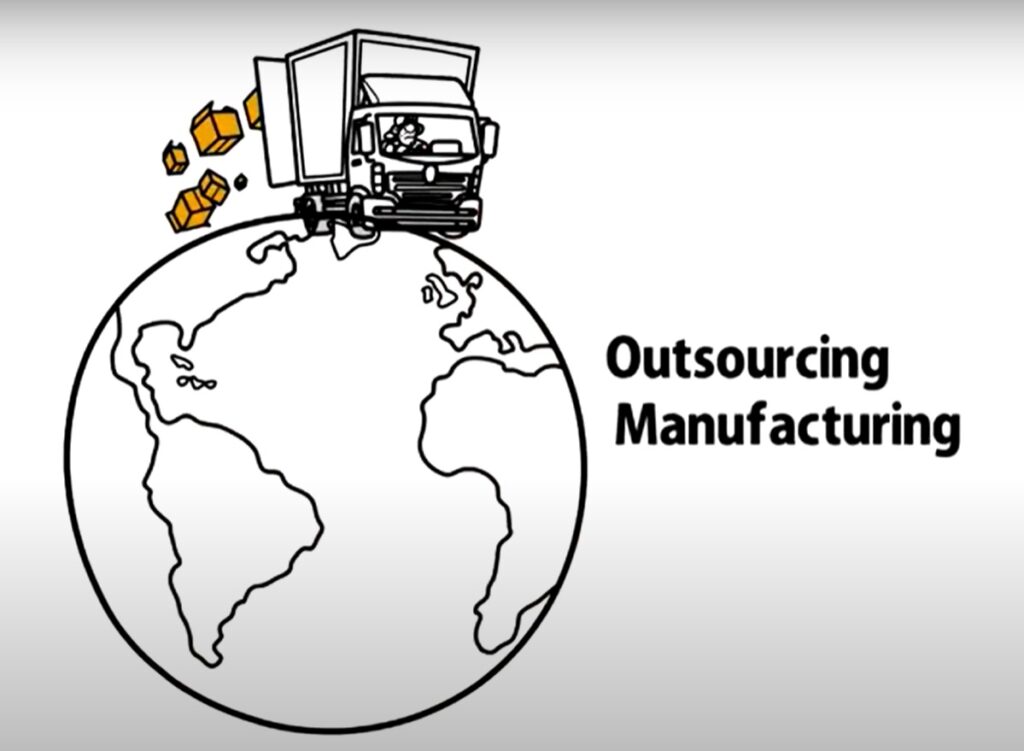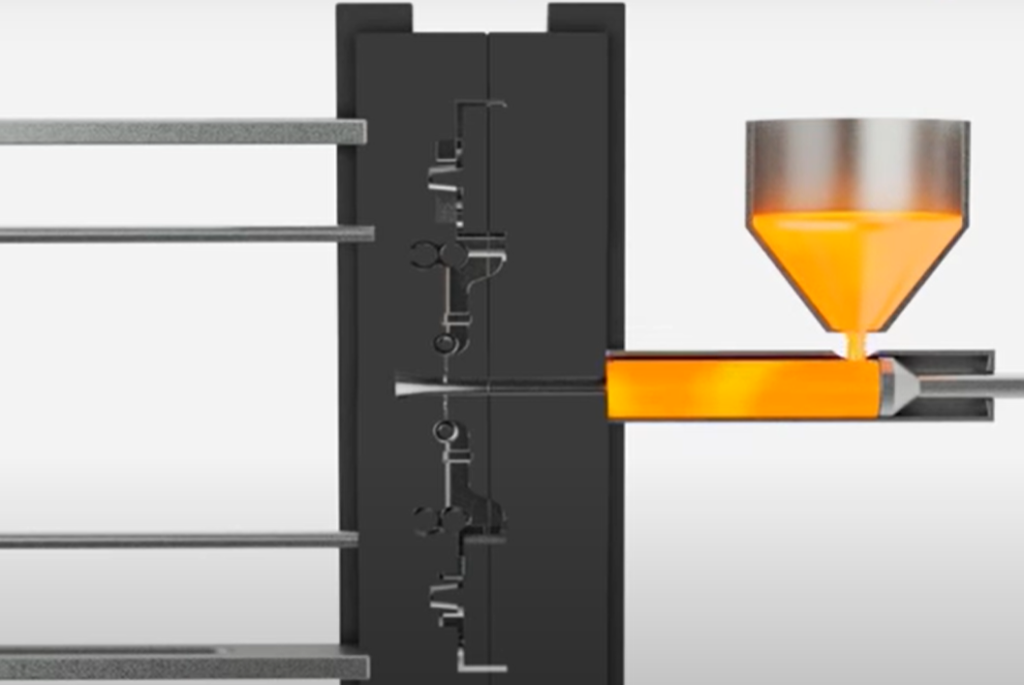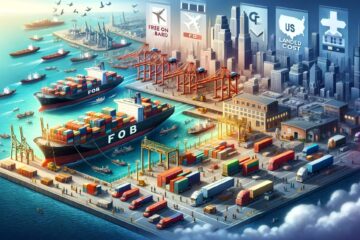
Vietnam outsource manufacturing in your business, you’ve come to the right place. We’re Vietnam Global Sourcing (VGS), and we have what it takes to meet all of your manufacturing needs. Different items require different manufacturing methods, and here at Vietnam outsource manufacturing, we do it all. Today, we’re going to be breaking down two very different techniques — forging and casting — that accomplish the same thing, which is molding metal into the necessary shape and size.
Forging

What is forging?
Using dies, temperature and compressive forces, forging shapes metal into the desired shape. After the metal has been forged, it may require coating or a heat treatment, or it may need further machining so any necessary detailing can be added. When it comes to forging, there are many different classifications that can be used. The classification is determined by the type of die used (open or closed), the temperature used (cold, warm or hot) or the type of metal used (bronze, brass, aluminum or steel).
The Pros of Forging
- Thanks to the altered grain structure, forging provides increased mechanical strength and superior structural integrity.
- Forging requires less labor and metal scrap, helping to lower the costs. Additionally, materials are generally more affordable for forging.
- Forging allows for greater consistency in ductility, reliability, strength and known yields.
- The forging process eliminates cavities, voids and pores.
The Cons of Forging

- Products that need to meet high tolerance levels may not be suitable for forging because of the nature of the forging process.
- The intricacy of shapes that can be achieved through forging is limited.
- With forging, you may need to perform a number of secondary processes in order to achieve the desired outcome.
- Defects are possible due to die failure.
Casting

What is casting?
In casting, molten metal is injected or poured into a custom mold. Then, it solidifies, forming the molding product. There are many different types of casting — die casting, sand casting and investment casting — which are based on the process, molding materials used and the filling pressures.
The Pros of Casting
- Thanks to the molding process, casting is the ideal choice when you need a lot of detail or to meet specifications exactly.
- Once the initial casting mold has been created, it can speed up the production process, leading to a higher production rate.
- With casting, there are very few secondary machining operations required to reach the desired result.
- Casted parts are almost always lighter than equivalent forged parts.
The Cons of Casting

- Unintentional voids are more prevalent with casting, and casted products are typically more porous than forged parts.
- Casted parts aren’t as tough as forged parts, and they can’t withstand the same frequency or pressure of impact that forged parts can.
- Casting requires more interaction and monitoring from the operator in order to prevent defects and maintain quality.
- The tooling costs of casting are usually higher than they are for forging, particularly with die casting.
How do you determine whether casting or forging is a better choice?
As you can see, casting and forging are two very different method that each have their own pros and cons. But, how do you choose which one will best suit your manufacturing needs? Here are a few questions to ask yourself to help you determine whether casting or forging is the right choice for you:
#1. How complex is the part you need to make?
The complexity of your part will go a long way toward helping you figure out whether casting or forging is the right choice. Forging is restricted where complexity is concerned. If your part is overly complex, casting is a better option.
#2. How much impact does the part need to be able to handle?
Forged parts are less porous and stronger than casted parts, which means that they can also handle more impact. If your part needs to be able to withstand a certain amount of impact, choose forging instead of casting.
#3. Are you willing to invest in additional machining?
In order to achieve more detailed, complex shapes, further machining is often required with forged parts. With castings, there’s a much smaller need — if any — for additional machining.
#4. Is cost a concern?
Most businesses don’t want to spent more than they have to on the manufacturing process, and cost per cost, forging wins out over casting. That’s because forging requires limited reworking and scrap, and the tooling equipment and labor costs are also reduced. Plus, the materials are usually less expensive. Overall, forging is more cost-effective than casting.
#5. Does your part require any custom alloys?
With forging, custom alloys are much more difficult to get into the production process. On the other hand, with casting, alloys are added at the molten stage, which makes custom alloys much easier to achieve, including Nickel, Chrome and Moly.
Choose VGS for all of your forging and casting needs.

With so many different pros and cons, determining whether casting or forging is a better option can be difficult, and it really depend on the project at hand and the end results that are desired. But, no matter which one is the better option for your needs, it’s important to outsource your manufacturing to the right company. Here at Vietnam outsource manufacturing [VGS], we’re proud to be your number one choice for all of your manufacturing needs. Contact us today for your free quote!


